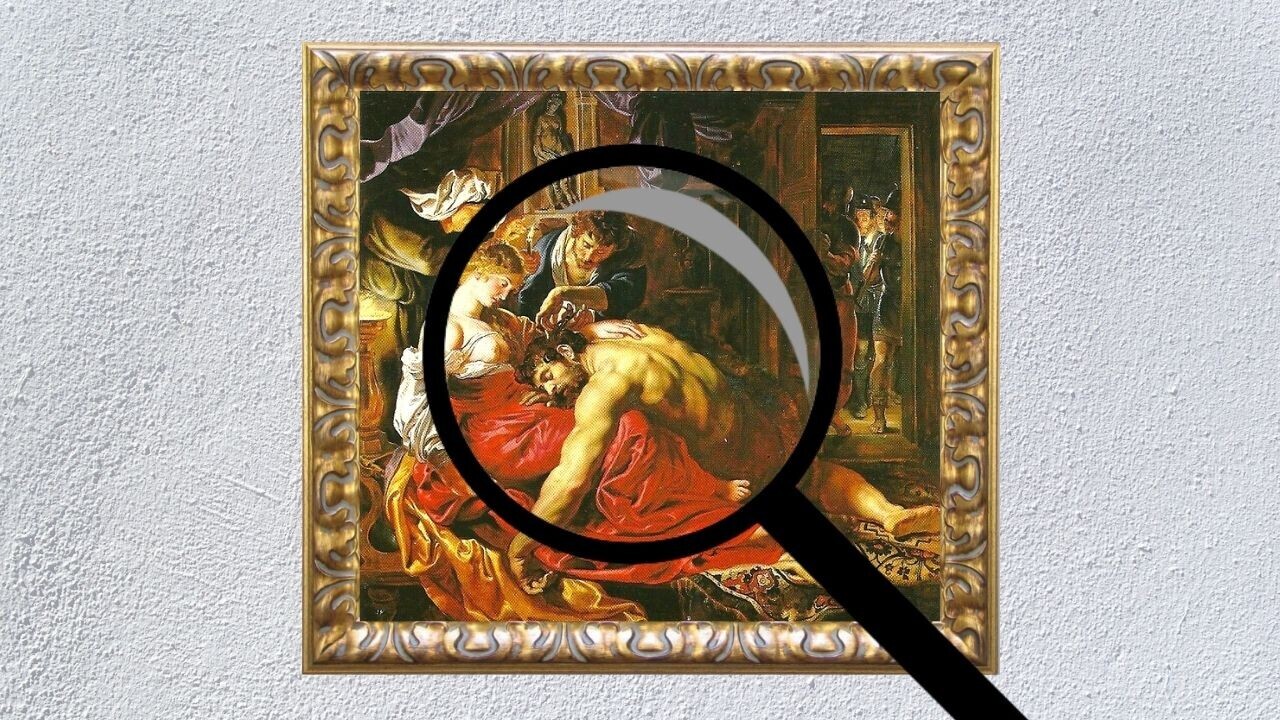

AI study suggests a London gallery’s been exhibiting a fake for years
source link: https://thenextweb.com/news/ai-suggests-peter-paul-rubens-did-not-paint-samson-and-delilah
Go to the source link to view the article. You can view the picture content, updated content and better typesetting reading experience. If the link is broken, please click the button below to view the snapshot at that time.

AI study suggests a London gallery’s been exhibiting a fake for years
Algorithms are searching for art forgeries

Did you know Neural is taking the stage on Sept 30 and Oct 1? Together with an amazing line-up of experts, we will explore the future of AI during TNW Conference 2021. Secure your ticket now!
Samson and Delilah is among the most famous works by Peter Paul Rubens, one of the most influential artists of the 17th century.
The painting depicts an Old Testament story in which the warrior Samson is betrayed by his lover Delilah. When London’s National Gallery bought the masterpiece in 1980, it became the third most expensive artwork ever purchased at auction.
But the buyers may now be searching for their receipt. According to a new AI analysis, their prized possession is almost certainly a fake.
The tests were conducted by Art Recognition, a Swiss company that uses algorithms to authenticate artworks.
The firm’s tool is based on a deep convolutional neuronal network. The system learns to identify an artist’s characteristics by training the algorithm on images of their real works.
The training dataset is then augmented by splitting the images into smaller patches, which are zoomed into to capture the finer details.
Once the training is complete, the algorithm is fed a new image to assess. It then analyzes the picture’s features to evaluate the likelihood of it being genuine.
After comparing Samson and Delilah with 148 genuine Rubens paintings, the system gave the artwork a 91% probability of being inauthentic.
Carina Popovici, the cofounder of Art Recognition, told the Guardian that she was shocked by the results:
We repeated the experiments to be really sure that we were not making a mistake, and the result was always the same. Every patch, every single square, came out as fake, with more than 90% probability.
AI forgery detection
Popovici may have been surprised, but the painting’s authorship has been disputed for decades.
Scholars have argued that the style is more heavy-handed than any other works by Rubens. They point to Samson’s cropped toes as a clear sign that the piece wasn’t painted by the Flemish master.
The algorithm has added credibility to their claims. The National Gallery may not be so thrilled by the assessment, but the art museum could one day find value in such systems.
AI’s strengths in pattern recognition could make it adept at detecting forgeries, which can be a hard and expensive task for human experts.
The National Gallery may not have identified Samson and Delilah as a fake, but AI could help it avoid spending fortunes on frauds in the future.
Greetings Humanoids! Did you know we have a newsletter all about AI? You can subscribe to it right here.
Recommend
About Joyk
Aggregate valuable and interesting links.
Joyk means Joy of geeK